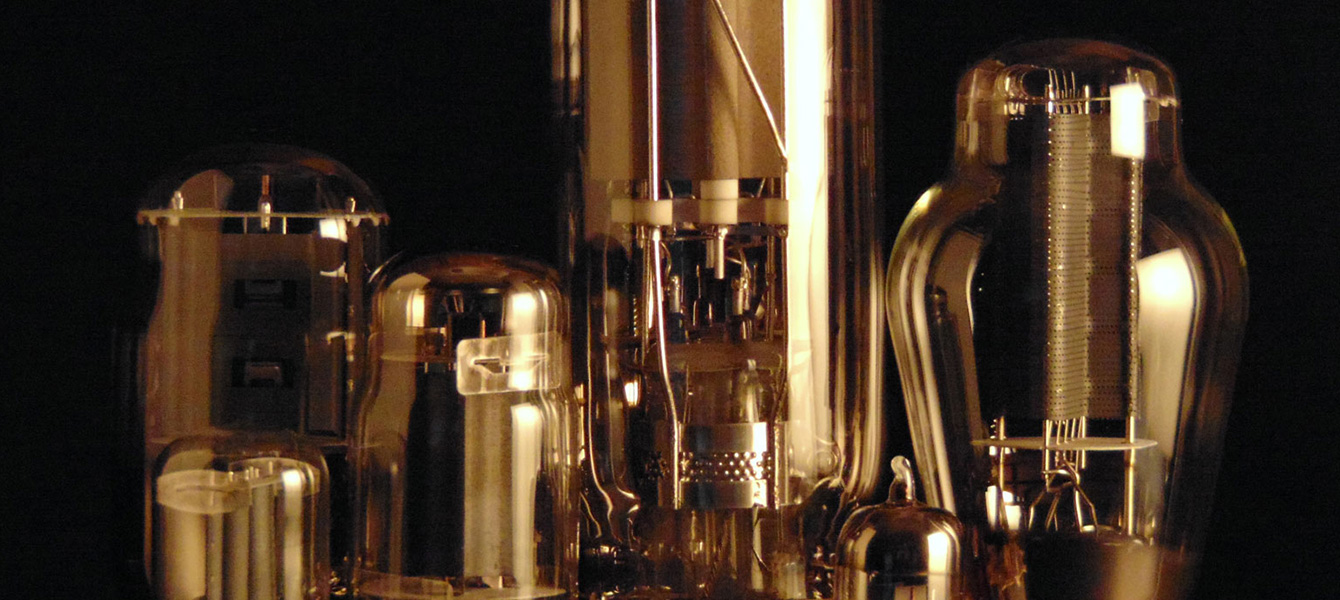After many years of following a deep passion for creating awesome sound with a true love of listening to great musicians on the best equipment I could find, I came to realize that we’re all on an industry-driven technology ride.
If you look back at the past 50 years of the professional and consumer audio industry, you’ll
see directions change with the development of new technologies. One might perceive these emerging technical changes as advancements, but in many cases, they were developed with the sole goal of cutting costs or simplifying manufacturing. These often translate into more competitive pricing, but they come with big unspoken tradeoffs in sound quality.
Every truly great guitar player knows that tonal quality is as much the goal as technique and execution.
I could write volumes of detailed accounts chronicling the changes and reasons, but what matters to the Musician and the Listener is actually organic in nature. For instance, an electric guitar that has a solid mahogany body with an oil-rubbed finish has a much different tonal characteristic of the same shaped guitar made from maple with a high-gloss painted finish. These differences are easily heard.
Every truly great guitar player knows that tonal quality is as much the goal as technique and execution. In this increasingly digital world of electronics, achieving an ideal tone is more elusive than ever.
The solution should be simple and the power of simple cannot be stressed enough. The key to a true audiophile listening experience is using the simplest high quality circuit possible as it yields wonderful dynamic sound with an expansive three-dimensional sound stage. Every additional digital or analog feature takes just a little more life out of the program material.
If you’re an electric guitar player and find yourself wishing for something more organically dynamic and tonally alluring, try looking at simple things
My personal quest for that ideal seductive sound has lead me through more digital and solid-state devices than I want to admit. I had an eye-opening revelation when I discovered the subtle differences of using different tubes for different moods. I also realized that there are huge swings of overkill that happen when one applies a new effects pedal or device that often takes you further away from the ideal tone you’re seeking.
If you’re an electric guitar player and find yourself wishing for something more organically dynamic and tonally alluring, try looking at simple things like the brand and gauge of strings you use. Differing metal compounds and heavier string weights can add tons of tone, bite and depth to your sound.
Another option is to look at is the type of amplification you use. First and foremost, the solid-state transistor amplifier has to go. Virtually all respectable guitar amplifier makers utilize electron tubes for amplification because the complex tonal characteristics simply can’t be created by solid-state means.
The tube guitar and bass amplifier manufacturing options are probably greater now than ever. Mesa Boogie, Fender, Carr Amplifiers, Hughes & Kettner and Orange Music are popular choices. There are also many small companies that offer purely tube guitar amplifiers with great tone like Zuecher amps. The choice of tubes used in an amplifier determines its organic tone quality, character, durability and consistency of tone.
Prior to connecting signal processing and effects, look at the first stage tubes in your amplifier. Also known as preamp tubes. These tubes determine most of the tonal flavor a tube amplifier. These first stage tubes are usually designated as 12AX7, ECC83, 12AT7, 12AU7 or 6922.
The most common power tubes are 6L6, KT66, 6V6, EL34, EL84, KT88 and KT90. Although upgrades and changes of the standard power tubes play a role in the organic sound and touch of an amplifier, it’s the first stage that determines most of the tone and drive properties.
Most amplifier companies equip their amplifiers with standard or generic tubes, usually JJ tubes from Slovakia, Groove tubes from Russia, which are also Electro Harmonix and various Chinese tubes. Most of these tubes are tested from bulk purchases as either good or bad, and then used or sold as replacements.
Wathen Audiophile has CryoTone tubes. Wathen understood that the Audiophile listeners were buying up all of the remaining NOS (New Old Stock) tubes that have exceptional organic sound. With that in mind, Wathen developed a carefully selected collection from all of the current tube manufacturers of virtually all of the available tube types. The difference is Wathen only purchase tubes that laboratory test within the higher percentage of good tubes and then supplies those results with each serialized tube.
Remember that a little effect goes a long way and it’s very easy to go too far.
Every Wathen CryoTone tube then undergoes an extreme proprietary Cryogenic treatment process that changes the molecular structure of the metals within the each tube. Those molecular changes normalize bend stresses, inconsistencies and welds in the tube. The end results are tubes that have an exceptional organic sound, extended tube life, and consistent tonal quality from tube to tube.
After achieving what you consider to be the ideal organic tone from your tube amp, record the amp’s settings and then start to experiment with your desired effects, making notes on those settings as well. Remember that a little effect goes a long way and it’s very easy to go too far.
Consider this; the Stradivarius violin is priceless because the complex sweet organic sound is undeniable to the human ear. Your ideal tone is likewise priceless and its sweet complex organic qualities stem from the guitar and its amplification, not your effects.


